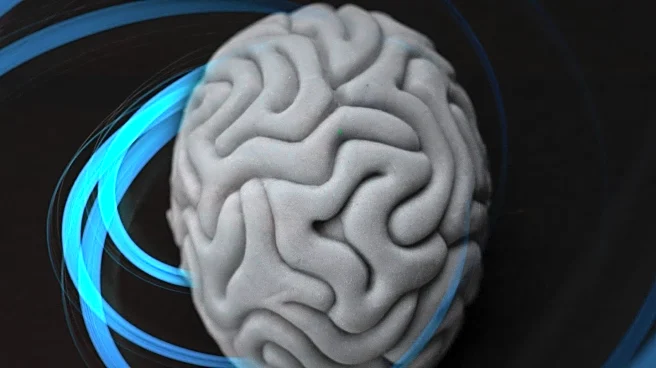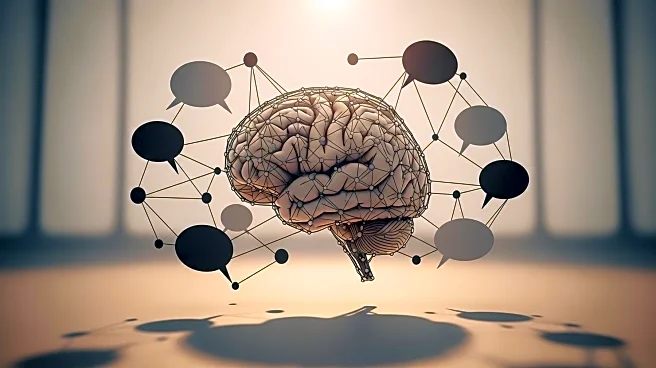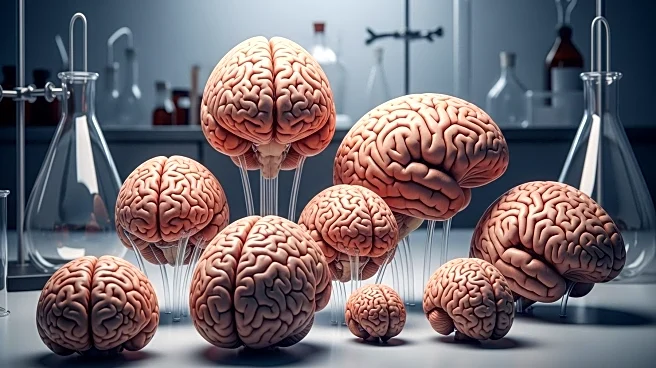What's Happening?
A recent study published in Translational Psychiatry has revealed new insights into the role of the amygdala in posttraumatic stress disorder (PTSD). Researchers have found that the amygdala, often referred to as the brain's 'fear center,' is involved in more complex processes than previously understood. The study focused on the amygdala's subregions, particularly the basolateral amygdala, and its connectivity with other brain areas. By analyzing brain scans from 129 adults, including 65 individuals with PTSD, the researchers discovered distinct patterns of connectivity in the basolateral amygdala. These patterns were significantly different in individuals with PTSD compared to those without trauma exposure. The findings suggest that the basolateral amygdala is more strongly connected to systems involved in alertness and stress in PTSD patients, while being less engaged with networks responsible for self-awareness and sensory regulation.
Why It's Important?
This study is significant as it challenges the traditional view of the amygdala as merely a 'fear center' and highlights its broader role in emotional and sensory processing. Understanding the specific connectivity patterns of the amygdala's subregions could lead to more targeted treatments for PTSD. The research suggests that PTSD involves nuanced shifts in brain connectivity rather than a uniform disruption of the fear system. This could pave the way for new therapeutic approaches that focus on specific brain networks, potentially improving outcomes for individuals with PTSD. The study also underscores the importance of examining the amygdala's internal structures to gain a deeper understanding of the disorder's neural foundations.
What's Next?
The researchers plan to use more advanced MRI technology, specifically a 7T scanner, to obtain higher resolution images of the brain. This will allow for a more detailed examination of the amygdala's subregions and their roles in PTSD. The ongoing research aims to further elucidate the complex brain connectivity patterns associated with PTSD, potentially leading to more effective interventions. The study's findings also highlight the need for continued research into the diverse symptoms of PTSD and how they relate to specific brain networks.
Beyond the Headlines
The study's findings have broader implications for understanding the complexity of brain functions beyond fear and arousal. By focusing on the amygdala's subregions, researchers can explore its involvement in processes such as sensory information processing, reward response, and self-referential thought. This could lead to a more comprehensive understanding of how various brain regions interact and contribute to mental health disorders. The research also emphasizes the importance of collaborative efforts in advancing scientific knowledge and developing new treatment strategies.












